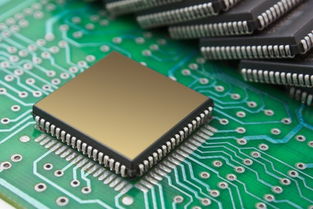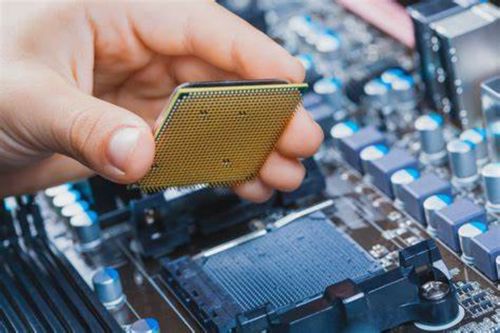
Nexperia
The Development and Recycling Prospects of Electronic Components
The Development and Recycling Prospects of Electronic Components
With the rapid advancement of technology, electronic components have become increasingly vital in modern technology. From smartphones and computers to automobiles and medical devices, the applications of electronic components are ubiquitous. This article will provide an in-depth look at the development and recycling prospects of electronic components, helping you better understand market trends and environmental opportunities.
Development Prospects of Electronic Components
-
Growing Market Demand
-
The rapid development of emerging technologies such as 5G communication, artificial intelligence, and new energy vehicles has led to a continuous increase in the demand for electronic components. In particular, the growth of data center infrastructure, including AI servers, switches, and optical modules, is particularly strong.
-
By 2025, application fields such as AI servers, energy storage, photovoltaics, low-altitude economy, and new energy vehicles are expected to maintain a medium to high growth rate. The growth rate of AI servers is projected to reach 87.1%.
-
-
Technological Innovation
-
Continuous advancements in semiconductor technology have significantly improved the performance and integration of electronic components. For example, the development of 3D QLC and TLC storage chip technologies has provided more efficient and cost-effective solutions for large-scale data center storage.
-
The application of new materials and manufacturing processes, such as silicon photonics and LPO/CPO technologies in optical modules, will further enhance the performance and reliability of electronic components.
-
-
Policy Support
-
Governments around the world are rolling out policies to support the development of the electronic components industry, including tax incentives and financial support. For example, during China's "14th Five-Year Plan" period, there has been a focus on promoting the application of new high-speed communication optical cable products such as ultra-low-loss optical fibers and leaky coaxial cables.
-
-
Enhanced Environmental Awareness
-
With the increasing awareness of environmental protection, green manufacturing and sustainable development of electronic components have become important trends. Companies are increasingly focusing on using environmentally friendly materials and energy-saving technologies to reduce their environmental impact.
-
Recycling Prospects of Electronic Components
-
Market Size and Growth
-
In 2023, the total scale of China's waste material recycling industry reached 1.2 trillion yuan, with the waste electronic equipment recycling market accounting for about 120 billion yuan, growing at an annual rate of over 8%.
-
By 2025, the global electronic components recycling market is expected to continue to expand, especially in developed countries where the recycling industry has seen rapid development.
-
-
Resource Conservation and Environmental Protection
-
Waste electronic components contain a large amount of precious metals and rare earth elements, such as gold, silver, and copper. Recycling and reusing these materials can effectively reduce resource waste and environmental pollution.
-
Recycling electronic components not only helps protect the environment but also brings economic benefits to businesses. For example, the metal value of one ton of waste electronic products is about 30,000 yuan.
-
-
Policy Support
-
Many countries and regions have introduced policies to encourage businesses and individuals to participate in the recycling of electronic waste. For example, trade-in policies have driven a 14.83% year-on-year increase in the recycling volume of waste home appliances in 2024.
-
-
Technological Innovation
-
With continuous technological progress, the efficiency and quality of electronic component recycling will improve. For example, professional equipment and technologies for the efficient extraction of precious metals will make the recycling process more environmentally friendly and efficient.
-
-
Market Challenges
-
Despite the broad prospects for recycling, there are also challenges, such as low recycling rates, high technological barriers, and fierce competition. Currently, about 70% of waste electronics flow into informal channels, leading to resource waste and environmental pollution.
-
Conclusion
The prospects for the electronic components industry are promising, with technological innovation and market demand driving continuous development. At the same time, with the increasing awareness of environmental protection and policy support, the recycling market for electronic components has also ushered in new opportunities. Both businesses and individuals can contribute to environmental protection and create economic benefits by participating in the recycling of electronic components. Let us work together to promote the sustainable development of the electronic components industry and create a better environment for the future.
Popular Communities

Main Application Fields of the ISO1050DUBR Driver

Analysis of Market Demand for Digital Isolator ADM2582EBRWZ

Technical Features of PMIC DC-DC Switching Regulator TPS54202DDCR

STM32F030K6T6: A High-Performance Core Component for Embedded Systems

Analyzing the Key Features of the STM32F407VGT6 Microcontroller